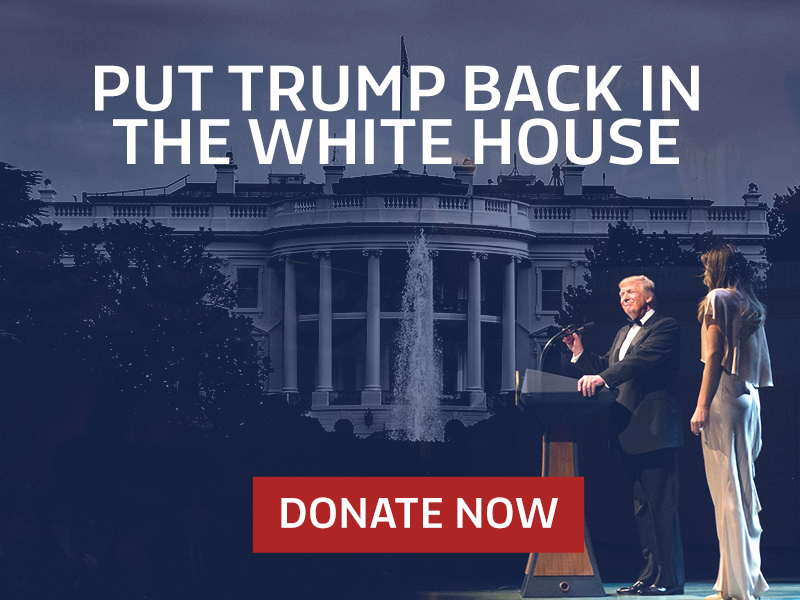HERE’S SOMETHING you don't expect to hear at a conference: “Send Lady Gaga to North Korea.” That was the most audacious idea emerging from a recent North Korea academic conference this past March at the University of Virginia. The presenter, in discussing his own research, explained that due to the failure of the recent U.S.-North Korea summit in Hanoi, new ideas and connections—such as increasing cultural and people connections—could help offer fresh ways to build trust in a relationship that clearly has next to none.
If only selling records to little monsters was as easy as reconciling old enemies. In fact, such an idea, while certainly clever, makes one thing all the more obvious: Korea watchers the world over are out of ideas when it comes to crafting creative approaches to solving the conundrum that is the U.S.-North Korea relationship.
And creatives ideas—or any ideas—are needed now more than ever. The recent summit in Hanoi was perhaps the best example of a relationship that goes up and down more than waves in the ocean. Korea hands were shocked by the results—correction, the lack of any result—coming out of the meeting. And while no sane observer would have expected Washington and Pyongyang to embrace as brothers or friends after moving from outright hostility to summit meetings in less than a year, there was an emerging narrative that this historic event would produce some solid deliverables. In fact, one news outlet even published what looked like a credible peace plan being negotiated right before the meeting. And yet, the summit produced nothing more than what President Donald Trump referred to as the “walk,” or his reference to walking away from the negotiation table after hearing and declining North Korea’s denuclearization offer—a trade whereby the north gave up its Yongbyon nuclear facility for some measure of sanctions relief.
WHILE THERE are many logical and reasonable explanations as to what happened at the summit, there are none as of now that really add up. What makes events in Hanoi even stranger is that, leading up to the meeting, comments by U.S. North Korea Special Representative Steve Biegun helped create an atmosphere that offered hope that something truly historic was in the offing.
During a recent speech by Biegun at Stanford University just weeks before the summit, many experts assumed that the Trump administration was approaching the meeting with a more conciliatory approach. In fact, a number thought the administration might even be moving away from its silly policy of FFVD, or the final, fully verified, denuclearization of North Korea, along with the even more foolish implementation strategy, called “maximum pressure.”




